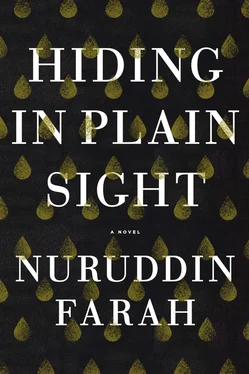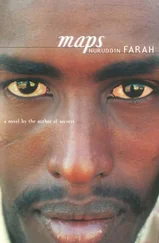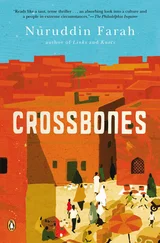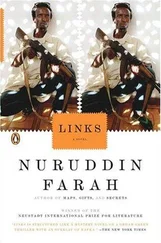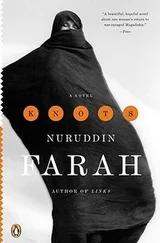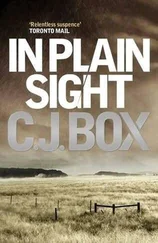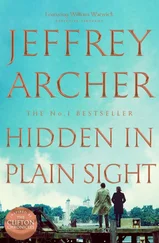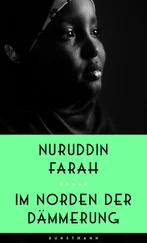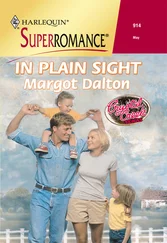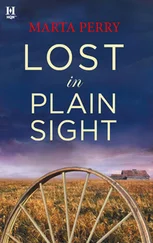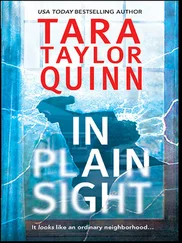It was then that Aar bought her a Polaroid camera. She began to draw too, copying the sculpture in crayon from different angles. And then she began to photograph it with the Polaroid, shooting it again and again, as though possessed. One day, Aar walked in on her when she was at work, unwashed, sweaty, her room a mess. As she worked with unbreakable concentration, she looked like someone in another world. For the first time it occurred to him that with proper support she might become a serious photographer.
Next Aar bought her an inexpensive point-and-shoot, and she began to learn which camera to use to get the effects she was after. When the cost of developing the flood of photos she was taking became more than they could afford, Giorgio introduced her to an Italian colleague who trained her to develop her own negatives and helped her to set up her own darkroom in a closet, with Giorgio covering the outlay for materials as a gift for Bella’s twelfth birthday.
With a view to becoming self-reliant, Bella began to photograph weddings and other occasions. At first she did so free of charge while she mastered the art of taking photos of unruly revelers in crowded circumstances. Next, she learned to take portraits outdoors because she had no studio. She noted that when people posed for portraits a different self came to the fore, a self behind the self they wished to present to others. And Bella discovered that the longer she held off before clicking the shutter, the more this hidden self emerged. She learned to wait for this hidden, this authentic self to emerge, surfacing after a display of nerves and fidgeting.
From childhood, Bella had wanted to free herself from her parents’ constraints and blackmailing maneuvers, and she was determined to make her own way in the world, working hard and doing well in whatever profession she chose. At eighteen, Bella apprenticed herself to a photographer friend of her Neapolitan lover. With Fiori prepared to buy her the expensive cameras she required, she was able to set her mind on pursuing her vocation.
Yet even as she became successful, Bella remained dissatisfied with the companionship on offer. Always a picky eater, who at her heaviest weighed no more than forty-five kilos, she boasted of a waistline so thin that her first boyfriend, the Neapolitan cameraman, told her she looked like a waif who needing a little fattening. This put Bella in mind of a cow being pumped with supplements to make sure it fetched the highest price, and she showed the boyfriend the door — though not before he made a jibe about her incestuous relationship with her brother, whose name she had mentioned at every possible opportunity. She fired back, “And you are nowhere near as good, as lovable, as caring, or even as amusing as he. So be off with you!”
She continued to be romantically sought after, but no man seemed to suffice. Over time, she discovered, first to her disbelief and then to her amusement, that she was not jealous if a man she was with ogled other women or made passes at them in her presence, reasoning that neither the men nor the women they noticed mattered enough to justify her jealousy or disappointment. By the time Aar married Valerie, Bella had evolved her fantasy. She would have three lovers, she decided: one of them very, very handsome; another (with whom she would have at least one child) who was very, very intelligent; and for the third, she would choose a stud — a well-hung partner with whom she would enjoy sex. Little by little, the fantasy became reality.
HandsomeBoy was first. Bella met him on one of her first major freelance assignments, which involved shooting photographs of models and animals in Kenya for clothing businesses with Italian connections. HandsomeBoy had moved from his natal hamlet near the Tanzanian border to study sociology at the University of Nairobi. He worked part-time as a model to pay for his education. If asked, he and Bella wouldn’t agree on which of them fell for the other first, each claiming to be the one to do so, such was their immediate attraction.
Her appreciation for sculpture persisted, and it was at a gallery show that she met Humboldt on a visit to her mother and brother in Toronto. A successful Brazilian sculptor of African descent, Humboldt was based in Rio and traveled the world as Bella did. He became her second lover, and the sex was great. In those days, nothing else mattered much, and neither of them had the desire to enter into a long-term relationship. Since then, they meet as their schedules permit, in hotels in various cities, for a week, for a day.
Five years into this second relationship, on a day when she was in New York, she attended a lecture by Cisse Drahme, a Malian philosopher of note. He was speaking on “The Wonders of Dogon Astronomy,” and after the lecture, she was invited to join a group at a bar, which led to a dinner for two and then a meeting of the minds that has blossomed for more than ten years. And thus Bella fulfilled her fantasy of three lovers.
Within reason, any of them would drop what he is doing and go where she chooses to meet up with her. She has keys to their houses or apartments, and she can come and go as she pleases, while none of them even has her exact address. All they know is that she lives in Rome. The arrangement has served Bella very well. She has had to curb neither her love life nor her professional ambitions. But now?
—
A journalist for an Italian daily newspaper once asked Bella, “What makes you think that a nervous subject makes a more interesting photo than a calm one?” And Bella replied, “As a child, when I had to get a shot, I feared the jab of the needle, just as I hated the nurse saying not to think about the pain. I mean to wait until the person photographed no longer thinks of what I am doing. That way, I am in charge. And I like being in charge, in total control.”
The journalist asked, “Do you believe that photography is a matter of power, with the photographer lording it over the subject? Is this what you are trying to say?”
That was indeed how Bella felt. “I like to think that my subjects are as powerless as a rabbit caught in the headlights of an oncoming car.”
“Isn’t that an unhealthy attitude to hold?”
“I am a woman,” Bella explained, “and a Somali one at that.”
“How do you mean?” the journalist asked.
Bella found it difficult to explain, but she tried. She talked about how the colonized Asians, Africans, North American Indians, and Australian aboriginals had been eroticized and trivialized by their colonizers. And just as American photographers produced naked portraits of Native Americans or Africans for the tourist trade, women photographed in the nude were put to similar service. Bella asked, “If that is not power that allows the mighty to lord over the weak, I don’t know what is.”
But lately, the journalist observed, Bella had been photographing children more and more, especially Somali children. Why was that?
Bella pointed out that she had never photographed anyone in the nude or eroticized any of her subjects. “Please note,” she said, “that I make sure they look straight into the camera. I let them laugh and gesticulate naturally instead of shaping their bodies into objects of desire.”
“When does photography become art?” the journalist asked.
The photographer achieved the status of artist by virtue of his lenses, his choice of paper, his mastery of printing and tone, Bella said. And she spoke of her favorite photographers, many of whom were also painters, and the works she regarded as their masterpieces, such as Stieglitz’s The Terminal and the nude portraits he’d made of his wife, Georgia O’Keeffe. For a time, early on in her career, he’d been the only photographer she idolized. But the more Bella developed her own style, the wider the range of photographers she admired. Still, she remained partial to the photo, which reminded her of a painting. She had always believed that photography owes its existence to painting. “I would like my photographs to think of their favorite painters,” she said.
Читать дальше
